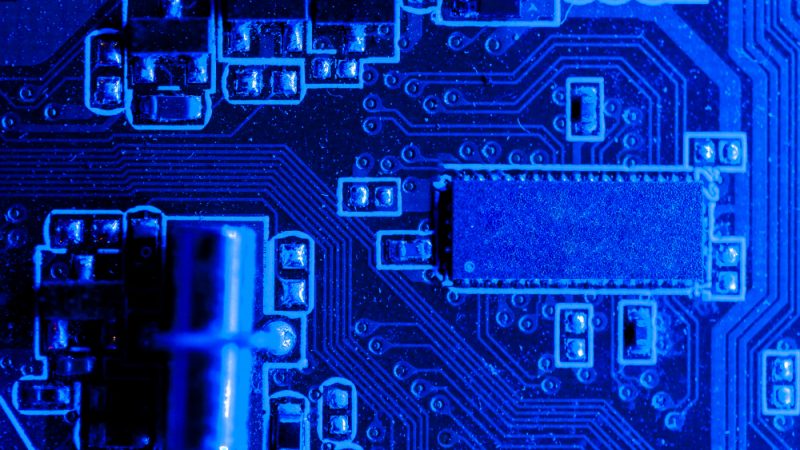Quantum Computing: Hardware-Based Error Correction in Alternate Qubit Design

In recent years, quantum computing has been a hot topic of discussion due to its potential to revolutionize various industries. Researchers from different fields have been working tirelessly to improve the performance and reliability of these powerful computers. One of the major challenges that they face is addressing the issue of error correction. A groundbreaking development emerged with an alternate qubit design, enabling error correction directly within the hardware itself.
Qubits and Quantum Error Correction
It’s essential to understand the fundamentals of quantum computing and the role of qubits as this promising technological leap could potentially redefine electronic product design and development. Unlike classical computing bits, which can only represent either 0 or 1, quantum bits—or qubits—can exist in a superposition of both states simultaneously. This unique property enables quantum computers to perform complex calculations at unprecedented speeds.
However, qubits are incredibly fragile and prone to errors caused by their environment, such as temperature fluctuations, electromagnetic radiation, and even cosmic rays. This sensitivity makes accurate computations difficult, necessitating error correction techniques. In current approaches, several additional qubits typically surround each data-carrying qubit for error correction purposes, encoding redundancy into the system. While effective, these methods significantly increase the number of required qubits, limiting scalability.
Hardware Error Correction in Qubits
The game-changing approach was recently introduced by a team of researchers who developed an innovative qubit design capable of performing error correction right within the hardware, rather than counting on additional logical qubits. The root of this technology lies in engineering advancements that make use of Coupled Oscillator Networks (CONs) to create a new type of quantum gate oscillator.
Coupled Oscillator Networks (CONs)
A CON is essentially an arrangement of oscillating components connected in such a way that they influence each other’s behavior. This interaction results in the synchronization of their oscillations, making them suitable for creating robust error-correcting codes. These codes are then embedded into the qubit design, allowing error correction without the need for auxiliary qubits.
New Quantum Gate Oscillator Design
The breakthrough came when researchers devised a novel quantum gate oscillator that uses a unique combination of two particles – one boson and one fermion. By entangling these particles, scientists were able to harness their collective properties to develop highly-resistant, error-correction-enabled qubits.
What Implications for the Future of Quantum Computing?
This alternate qubit design has the potential to significantly streamline quantum computing systems, accelerating advancements in the field. It addresses major challenges related to error management, complexity, and scalability:
- Error management without auxiliary qubits: Traditionally, effective error management in quantum computing involves trading off between more extensive calculations and additional qubits for error correction. With this innovative design, the need for auxiliary qubits is eliminated, as error correction is embedded directly within the hardware. This streamlines the system while maintaining accuracy in computations.
- Reduced complexity: Integrating error correction within the hardware simplifies the overall design, resulting in less complex quantum systems. Additionally, as fewer qubits are required, the complexity of multiple layers of auxiliary qubits vanishes. This improvement facilitates the development and scaling of quantum computing systems.
- Scalability possibilities: A significant challenge in quantum computing has been the scalability of large-scale systems, primarily due to the enormous number of error-correcting qubits required. By incorporating error management within the core hardware itself and reducing the overall complexity, this novel qubit design paves the way for scalable quantum systems.
Despite these hurdles, the hardware-based-error-correction-enabled qubit design represents a significant milestone in technological innovation and bodes well for the future of quantum computing – an area that holds immense transformative promise.






